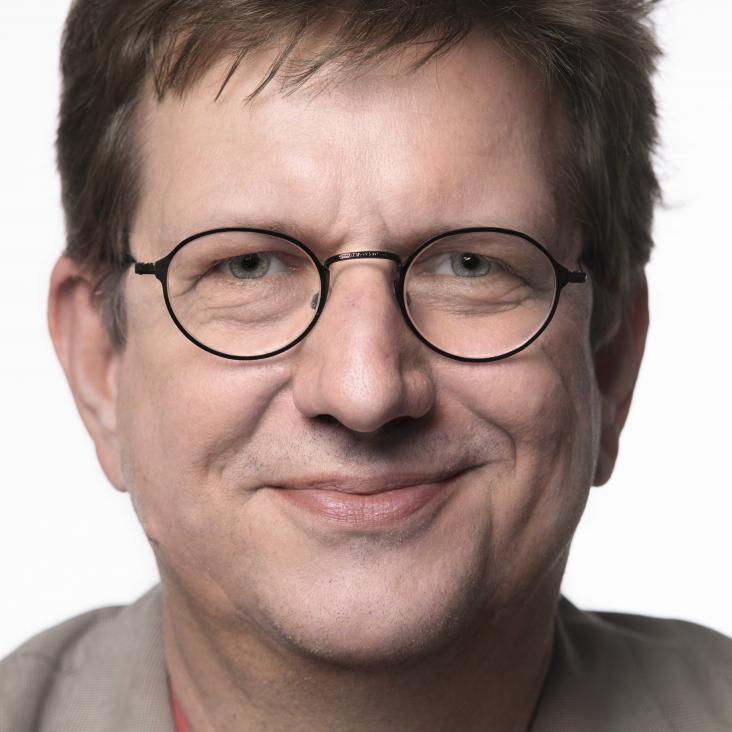I started my career in physics doing a diploma thesis in phenomenology, looking into novel way of detecting relict neutrinos from the big bang, or solar and accelerator neutrinos. After this more theoretical start at the RWTH-Aachen, I switched to experimental physics and did my Ph.D. and first post-doc at the L3 experiment at the LEP collider at CERN. I searched for new particles (but didn't find any) and made precision measurements of the W-boson mass.
I returned to neutrino, when I came to Oxford in 1999. I started to lead the local MINOS group, who looks into the phenomenon of neutrino oscillations at Fermilab. We made a precision measurements using muon neutrinos from the NuMI beam line. More information can be found at the Fermilab MINOS page.
Later I joint the T2K experiment in Japan, which looks for electron neutrino appearance in a muon neutrino beam. We were awarded the Breakthrough Prize in Fundamental Physics for the measurement of neutrino oscillations and even found the first indication that neutrinos and anti-neutrinos don't oscillate in the same way. This process may eventually hold the key to understand why there is more matter than anti-matter in the universe. We need a new generation of experiments to really unlock the secret of the neutrino.
The DUNE Experiment is exact this. This very long baseline neutrino oscillation experiment is located in a neutrino beam that goes from Fermilab for 1300 km to the Sanford Underground Research Facility (SURF). The DUNE far detector will consist of 70,000 tons of liquid argon and will have an unprecedented sensitivity to measure neutrino oscillation. Its main aim is not only to study the matter anti-matter asymmetry, but to look for neutrino from supernova explosions or for the decay of the proton. I was the UK PI of the project and also leading a team to design the near detector, which is an essential component of the experiment to study the neutrino beam composition and the details of the neutrino interactions. I am the chair of the Institute Board of the International DUNE Collaboration.
I have also developed a novel detector (MARS) for neutrino and neutron detection. These activities lead to the creation of the SoLid experiment, which searches for sterile neutrinos at the research reactor BR2 in Mol, Belgium.


